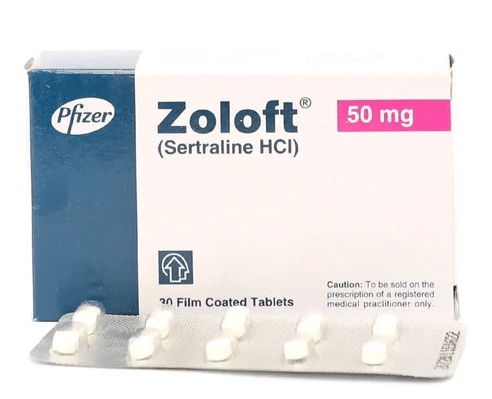Depression is a condition that affects millions of people worldwide. In U.S alone, more than 9% of the adult population suffer from this condition. Fortunately, with people becoming more expressive about their mental health, addressing them with is no more a challenge. Today, there are several treatment options available, including medications such as Celexa (citalopram) and Zoloft (sertraline). While both these drugs are used for treating depression, they have several differences that patients should be aware of.
In this article, we will explore the similarities and differences between Celexa and Zoloft, in terms ofhow they function, their side effects, and effectiveness in treating depression.
How Zoloft and Celexa Function?
Celexa and Zoloft are both selective serotonin reuptake inhibitors (SSRIs), which means they work by increasing the levels of serotonin in the brain. Serotonin is a neurotransmitter that plays a crucial role in regulating mood, appetite, and sleep.
While both drugs work by increasing serotonin levels, they have different effects on other neurotransmitters in the brain. Celexa is primarily a serotonin reuptake inhibitor, while Zoloft also affects the levels of dopamine and norepinephrine.
Celexa is FDA approved for only treating depression. However Zoloft is FDA approved for treating major depressive disorders and other associated conditions such as OCD, panic disorder and post-traumatic stress disorder. However, off label, the doctor can prescribe them for other purposes too.
Side Effects
Both Celexa and Zoloft have similar side effects, including nausea, insomnia, and sexual dysfunction. However, there are some differences in the frequency and severity of these side effects.
Celexa Side Effects
Common Side Effects:
- Nausea
- Dry mouth
- Drowsiness
- Insomnia
- Increased sweating
- Fatigue
- Tremors
- Sexual dysfunction
- Weight gain
Less Common Side Effects:
- Increased appetite
- Diarrhea or constipation
- Heartburn
- Headache
- Dizziness
- Blurred vision
- Difficulty urinating
- Rash
- Irregular heartbeat
- Seizures
- Hallucinations
Zoloft Side Effects
Common Side Effects:
- Nausea
- Diarrhea
- Drowsiness
- Insomnia
- Increased sweating
- Fatigue
- Tremors
- Sexual dysfunction
- Weight gain
Less Common Side Effects:
- Dry mouth
- Constipation
- Heartburn
- Headache
- Dizziness
- Blurred vision
- Difficulty urinating
- Rash
- Irregular heartbeat
- Seizures
- Hallucinations
Note: It is important to note that not everyone will experience side effects while taking these drugs, and the severity and frequency of side effects can vary from person to person. If you experience any unusual or severe side effects while taking them, it is important to contact your healthcare provider.
Precautions for Celexa and Zoloft
You cannot take Celexa if any/all the conditions below apply to you:
- You are 60 years old or older
- You take monoamine oxidase inhibitors (MAOIs)
- You have liver problems
- You take pimozide
- You take anticoagulants
- You have bleeding disorder
You cannot take Zoloft if any/all the conditions below apply to you:
- You take monoamine oxidase inhibitors (MAOIs) or taken it in the last 14 days
- You are allergic to sertraline (a component in Zoloft)
- You take pimozide and disulfiram
Doctors will prescribe other alternatives if any of the above applies to you.
Bottom Line
While both drugs can be effective in treating depression, the right fit depends on the patient’s needs and medical history.
If you are experiencing symptoms of depression, it is important to talk to your healthcare provider about treatment options. Clinical depression can often be addressed with clinical counselling. Doctors will prescribe a medications when the situation is more intensive. Nevertheless, depression is treatable, as long as the patient accepts the condition is open to dialogues.

